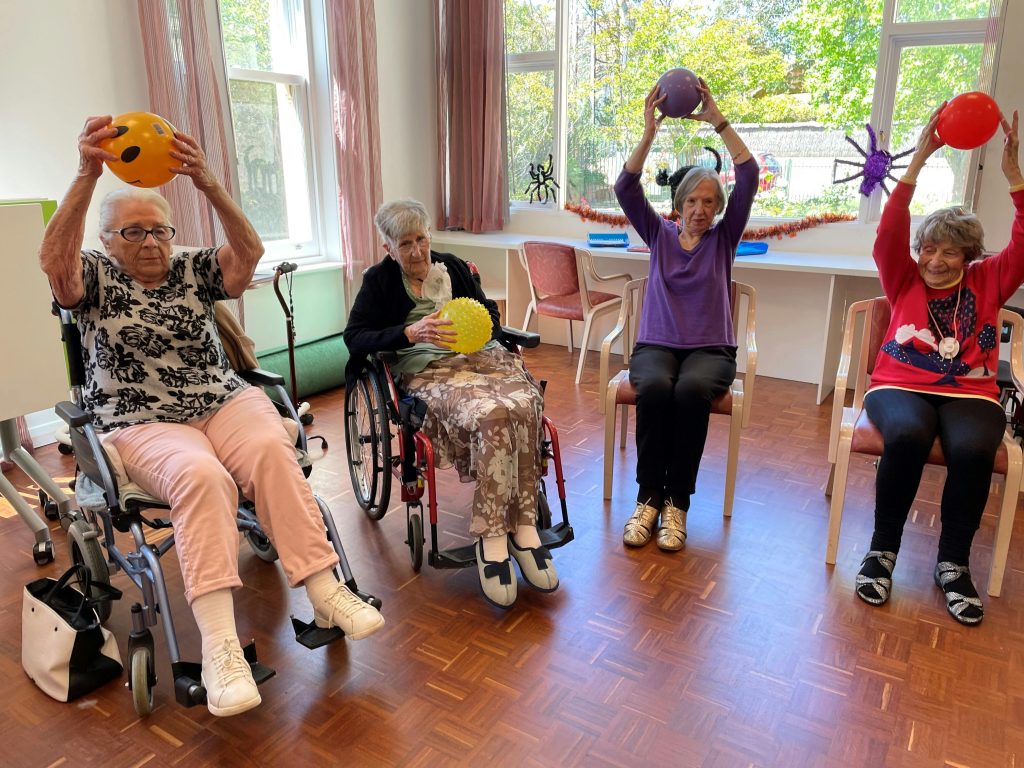The significance of a user-friendly website cannot be overstated, especially for senior living centers aiming to connect with their audience effectively. Crafting a website that caters to the unique needs and preferences of seniors and their families requires careful consideration of design, functionality, and accessibility.
I. Introduction
A. The Importance of User-Friendly Websites in Senior Living
In an era where seniors increasingly turn to the internet for information on assisted living options, the design and functionality of a website play a pivotal role. The goal is not only to provide information but to create an online experience that instills confidence, facilitates easy navigation, and fosters trust among potential residents and their families.
II. Understanding the Senior Audience
A. Demographic Considerations
Senior Demographics
| Demographic | Description |
|---|---|
| Age Range | Understanding the unique needs of the aging population. |
| Physical Abilities | Catering to varying levels of mobility and vision. |
| Technological Literacy | Recognizing different comfort levels with digital platforms. |
Persona Development
- Persona 1: Grace (78 years old)
- Challenges: Limited mobility, prefers larger font sizes.
- Interests: Access to outdoor spaces, social activities.
- Persona 2: Robert (Son of Potential Resident)
- Concerns: Safety features, ease of contacting the facility.
III. Designing a User-Friendly Interface
A. Website Layout and Navigation
Principles of User-Friendly Design
- Clear Hierarchy: Establish a clear visual hierarchy to guide users through the site.
- Intuitive Navigation: Implement straightforward navigation menus with easily recognizable labels.
- Large Fonts and High Contrast: Enhance readability with larger font sizes and high-contrast color schemes.
B. Responsive Web Design
Mobile Responsiveness
- Mobile-Friendly Layouts: Ensure that the website functions seamlessly on various devices.
- Touch-Friendly Elements: Optimize for touch gestures, making navigation on mobile devices effortless.
C. Accessible Content
Ensuring Accessibility
- Alt Text for Images: Include descriptive alt text for images to assist users with visual impairments.
- Transcripts for Multimedia: Provide written transcripts for videos to accommodate those with hearing impairments.
IV. Engaging Content for Seniors
A. Tailoring Content to Seniors’ Interests
Content Strategy
- Promoting Activities: Showcase senior-friendly activities, events, and amenities.
- Highlighting Staff Profiles: Introduce the caring staff to create a personal connection.
- Emphasizing Safety Measures: Clearly communicate safety features and emergency protocols.
B. Interactive Features
Incorporating Engagement
- Online Forms Simplification: Streamline online forms for inquiries or scheduling tours.
- Virtual Tours: Include interactive virtual tours to give a firsthand experience of the facility.
V. Optimizing for Accessibility
A. SEO Best Practices
Search Engine Visibility
- Keyword Optimization: Incorporate relevant keywords naturally in content, headings, and metadata.
- Fast Loading Speed: Optimize images and implement caching to improve page loading times.
B. Table: SEO Checklist
| SEO Aspect | Description |
|---|---|
| Keyword Optimization | Incorporate relevant keywords naturally in content. |
| Image Optimization | Optimize images for faster loading and accessibility. |
| Fast Loading Speed | Implement measures to enhance overall page loading times. |
| Responsive Design | Ensure the website layout is responsive to different devices. |
VI. User Testing and Feedback
A. Iterative Improvements
Continuous Improvement Cycle
- User Testing: Regularly conduct user testing sessions, especially with seniors, to identify pain points.
- Feedback Loops: Establish mechanisms for collecting feedback from website users for ongoing enhancements.
VII. Conclusion
Crafting a user-friendly website for senior living centers is a multifaceted endeavor that requires a deep understanding of the target audience and a commitment to accessibility and engagement. By following the principles outlined in this guide and consistently seeking user feedback for iterative improvements, senior living centers can create a digital presence that not only outranks competitors on Google but also becomes a valuable resource for seniors and their families navigating the journey of finding the right assisted living facility. In a digital age where first impressions matter, a user-friendly website is the gateway to establishing trust and connection with potential residents and their families.



